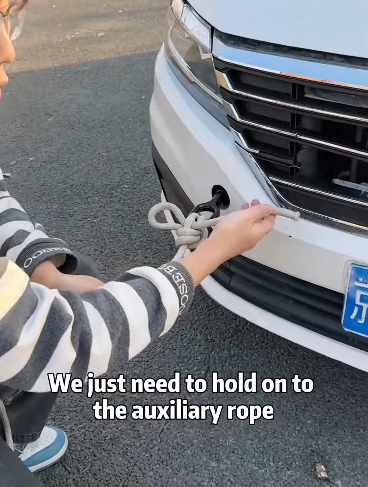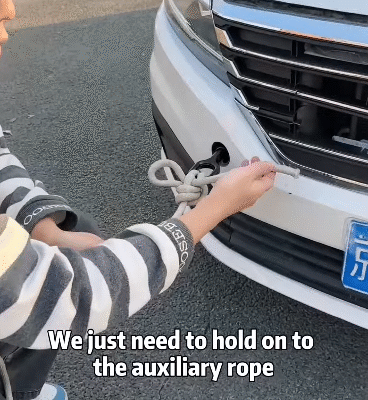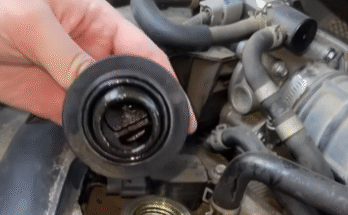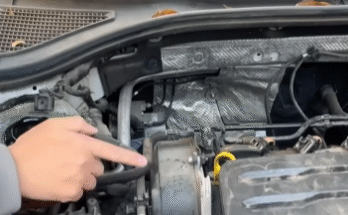
Life has a funny way of humbling you, doesn’t it? One moment, you’re cruising along, music up, windows down, feeling like the main character. The next moment? BAM. You’re on the side of the road, heart racing, car smoking, and suddenly regretting not opting for full coverage insurance.
Yeah. I wrecked my car. And when the mechanic handed me the estimate, I nearly fainted. Three. Thousand. Dollars. $3,000! Do you think it’s worth it? Because honestly, I had no idea what to do next.

How It Happened (Spoiler: It Was a Mess)
It was a rainy Thursday morning. The roads were slick, I was running late, and I thought I could make that yellow light. I couldn’t. I slammed on the brakes, hydroplaned, and ended up rear-ending the SUV in front of me. Thankfully, no one was hurt. But my car? Not so lucky.
The front bumper was crunched like a soda can. The hood was bent, one headlight shattered, and let’s not even talk about the radiator. I had to get it towed, which was already $100 gone right off the bat. My stomach was in knots the whole ride to the repair shop.

The Damage Report
Fast forward to the next day. The mechanic calls me and lists out everything that needs fixing. Bumper replacement. Radiator repair. Hood realignment. Headlight housing. Paint job. Labor. Taxes. The total? $2,985. Might as well round it up to $3K because I know something else will probably come up.
I hung up the phone and just sat there, staring at the wall. $3,000?! For a car that wasn’t even brand new. I had to ask myself, is it worth putting that much money into repairs?
Running the Numbers
Let’s break it down. My car is a 2016 sedan. It has about 95,000 miles on it, but it runs (or ran) perfectly fine. Before the crash, it was probably worth around $8,000 – $9,000 according to Kelley Blue Book.
So in theory, yes, it might still be worth fixing. But that’s a huge chunk of money to throw into repairs, especially all at once. I thought about trading it in or just scrapping it altogether and buying a used car. But even decent used cars right now? They cost more than ever. Like, have you seen the prices lately? You can’t even get a reliable used car under $7,000 these days.

Insurance Woes
You might be wondering, “Didn’t insurance cover it?” Well, here’s the kicker: I had liability-only insurance. It covers the other person’s car and medical bills, but not mine. Lesson learned. Full coverage might seem like a lot month to month, but when something like this happens, it’s worth every penny.
So here I was, stuck with a wrecked car and a $3,000 bill I had to pay out of pocket.
The Emotional Toll
Beyond the money, the whole situation took a toll on my mental health. I started second-guessing everything: Should I have waited to brake? Should I have left five minutes earlier? Was I rushing too much? It was a tough pill to swallow, knowing that the accident could have been avoided if I had made different decisions.
But the truth is, accidents happen. To all of us. We’re human.
The Repair vs. Replace Debate
So here I was with the decision: Do I fix it, or let it go?
Fixing it pros:
- I already know the car’s history
- It’s paid off (no monthly car payment!)
- After repairs, it could last me another 3-5 years
- Replacing it could cost double or triple
Fixing it cons:
- $3,000 is still a lot to shell out
- What if another problem pops up right after?
- Emotionally, it feels like the car is “damaged goods”
Replacing it pros:
- Fresh start with a new(er) car
- Might come with a warranty
- Mentally, it’s easier to move on from the accident
Replacing it cons:
- Higher upfront cost or monthly payment
- New insurance costs
- Unknown history unless it’s brand new

What I Ultimately Decided
After a lot of thought, budgeting, and a deep conversation with my bank account, I decided to repair it. It wasn’t an easy choice, but here’s why:
- No car payment: I like not having a car note each month. It gives me breathing room in my budget.
- Reliable (pre-accident): My car never gave me any major issues. I took care of it.
- Used car prices are wild right now: Getting something similar would still cost more.
I dipped into my emergency savings. (Which, let’s be real, felt a lot more like an emergency than the time I used it for concert tickets.) I also negotiated with the repair shop to bring the total closer to $2,800 by choosing aftermarket parts and skipping some cosmetic fixes.
Lessons Learned
Would I do things differently if I had the chance? Absolutely. Here are a few lessons that came out of this:
- Get full coverage insurance if your car is still valuable or your emergency fund isn’t thick.
- Drive extra carefully in the rain. Like, slow-slow.
- Always have an emergency fund – even a small one. It makes a huge difference.
- Know your car’s value so you can make informed decisions quickly.
So, Do You Think It’s Worth It?
Honestly, it depends on the situation. Some cars aren’t worth fixing if they have a ton of miles or long-term issues. But for me? Fixing mine felt like the right move.
Sure, it stung. But I’m back on the road, and I’ve got peace of mind knowing I still have a car that works and no new monthly debt.
What would you have done? Would you have fixed it or cut your losses?
One thing’s for sure: I won’t be running yellow lights anymore.
Stay safe out there, friends. And please, check your brakes and your insurance.
SMH.



